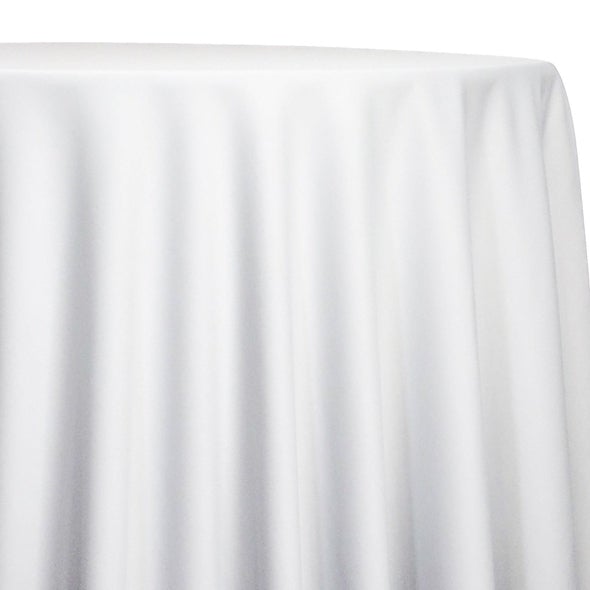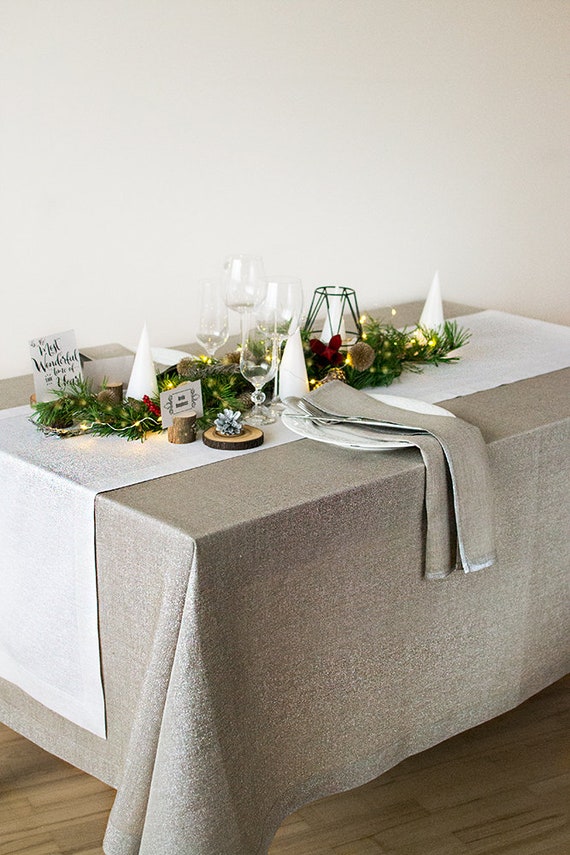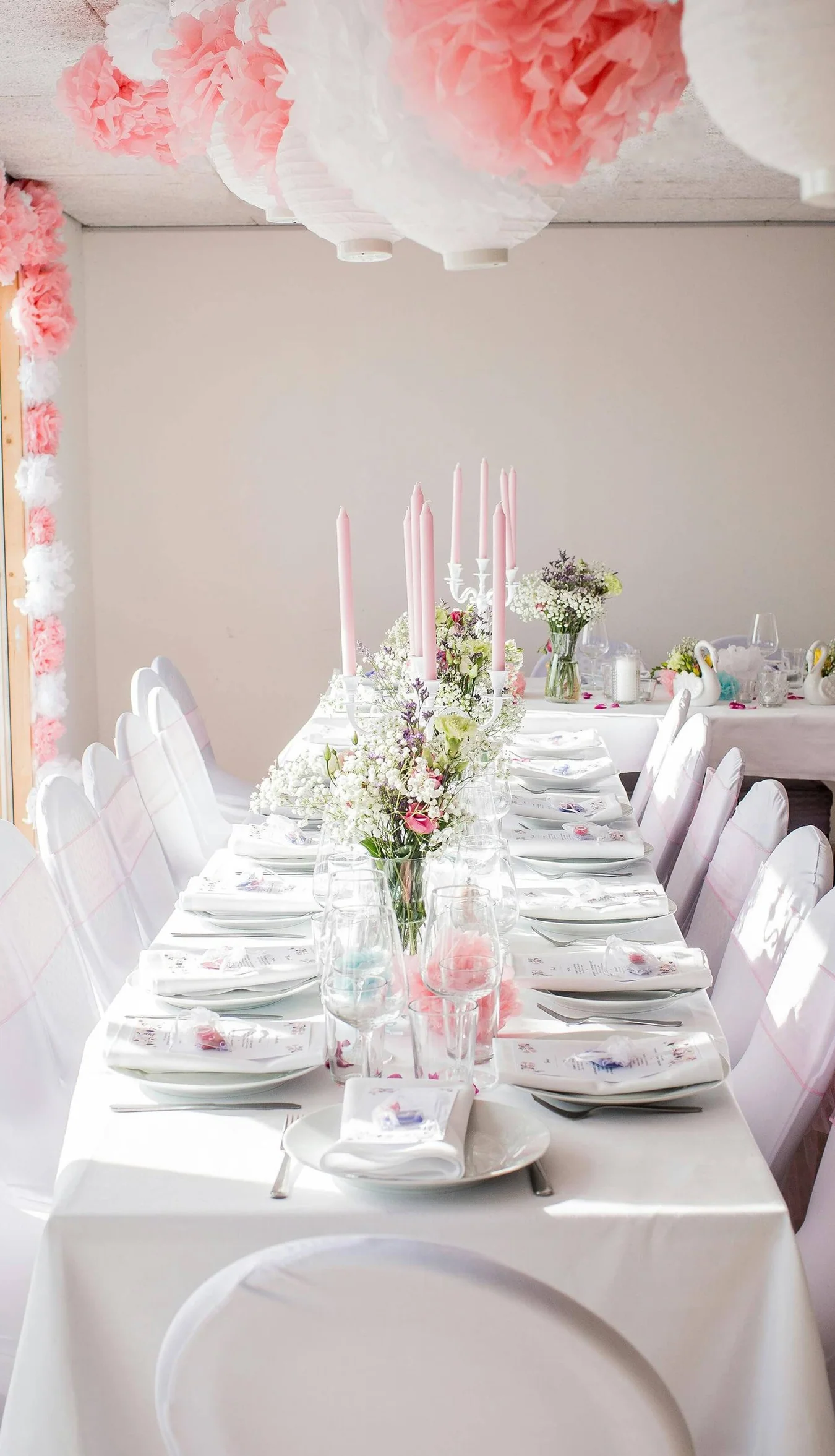Linen Fabric Advancements: Exploring Modern Trends and Creative Applications in Style and Fabric Sector
From sustainable production approaches to sophisticated weaving modern technologies, the advancement of bed linen is reshaping the landscape of the fabric market. As we dig into the worlds of innovative design applications and the appearance of bed linen blends and hybrid textiles, a new chapter unravels in which linen's role in future fabric advancements takes center phase.
Sustainable Practices in Linen Manufacturing
Sustainable techniques in bed linen production have actually ended up being progressively essential in the fabric sector's efforts to minimize ecological influence and promote ethical sourcing approaches. Bed linen, a natural fiber acquired from the flax plant, uses a series of benefits such as breathability, resilience, and biodegradability. However, typical techniques of bed linen production can include significant water usage, chemical use, and energy-intensive procedures.
To deal with these obstacles, many fabric suppliers are embracing lasting practices throughout the linen manufacturing procedure. This includes sourcing flax from natural ranches that avoid dangerous chemicals and chemicals, executing water-efficient retting strategies to extract fibers from the flax stalks, and using eco-friendly dyes and surfaces. In addition, some companies are purchasing eco-friendly power sources to power their production centers and lowering waste through recycling and upcycling efforts.
Technical Advancements in Linen Weaving
With the expanding focus on lasting practices in linen production, the fabric industry is now experiencing a surge in technological innovations particularly focused on changing the art of linen weaving. These advancements are improving the means linen fabrics are created, supplying enhanced effectiveness, top quality, and creativity in weaving techniques.
One of the crucial technical innovations in linen weaving is the combination of digital looms. These advanced looms are furnished with software that permits complex and intricate layouts to be woven with accuracy. By digitizing the weaving procedure, makers can accomplish greater consistency and precision in their bed linen materials.
Moreover, developments in yarn spinning technology have actually allowed the production of finer and even more long lasting linen threads - table cloths. This causes softer and smoother linen fabrics that retain their top quality also after multiple usages and laundries
Furthermore, the growth of green dyeing procedures and finishes for bed linen textiles is getting traction. These lasting methods not only reduce the environmental influence however likewise provide to the raising customer demand for morally generated textiles.
Creative Design Applications for Bed Linen
Innovative creative approaches are significantly shaping the creative layout applications for bed linen in the textile sector. Linen's natural aesthetic appeal and capability to blend with various other textiles make it a favored selection for developing special garments and devices that cater to the environmentally mindful consumer.
In addition, developers are trying out linen in home style, utilizing its breathable and long lasting nature to craft elegant furnishings such as drapes, bedding, and furniture. The structure and drape of linen bring a sense of refinement and comfort to indoor spaces, including a touch of beauty to modern-day homes.

Bed Linen Blends and Crossbreed Fabrics

Hybrid textiles, on the various other hand, take the concept of mixing an action even more by including added aspects such as metal threads, recycled materials, Your Domain Name or conductive fibers. These cutting-edge fabrics not only expand the design possibilities yet likewise introduce functional facets like conductivity, antimicrobial properties, or boosted durability. Crossbreed fabrics are significantly being made use of in different industries, consisting of fashion, indoor design, and technological textiles, where the need for multifunctional materials gets on the rise.
Bed linen's Function in Future Textile Innovations

In the world of future textile technologies, linen is anticipated to be a key gamer in the advancement of innovative functional materials. Designers and researchers are discovering methods to boost linen's integral qualities with technological improvements, such as incorporating wise fabrics, nanotechnology, and performance coatings. These innovations intend to raise bed linen's performance characteristics, making it ideal for a broader series of applications, from activewear to safety clothes.
Additionally, the mix of linen with other all-natural or artificial fibers opens limitless possibilities for developing novel fabrics with one-of-a-kind homes and performances. By leveraging bed linen's features and exploring innovative blends, the textile market is positioned to present exciting developments that cater to developing consumer needs and sustainability requirements.
Conclusion
In final thought, the expedition of lasting practices, technological developments, imaginative design applications, linen blends, and its duty in future fabric technologies highlight the continuous development of linen fabric in the modern-day layout and fabric sector. With a focus on development and creative thinking, the versatility and eco-friendly nature of linen make it a beneficial material for designers and manufacturers alike, paving the method for further growths and developments in the area of textiles.
As we dive into the worlds of creative style applications and the emergence of bed linen blends and crossbreed materials, a brand-new chapter unfolds in which bed linen's role in future fabric innovations takes facility phase.
Exploring the blend of linen with other textiles has led to the introduction of cutting-edge blends and hybrid fabrics in the contemporary fabric industry. Linen blends supply a distinct mix of the characteristics of linen with those of various other fibers, resulting in textiles that possess improved homes such as increased toughness, improved draping, and decreased wrinkling.The advancement of bed linen blends and hybrid fabrics has actually established the stage for Linen to play a crucial role in driving future textile advancements.In the world of future textile developments, bed linen is anticipated to be a key player in the advancement of innovative useful fabrics.